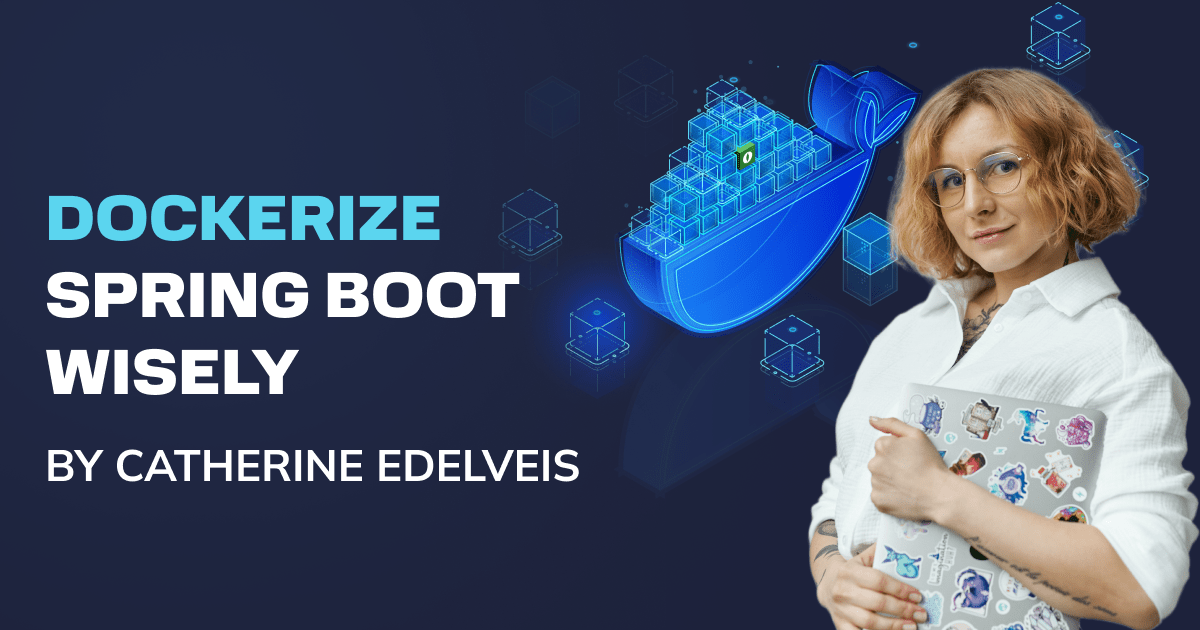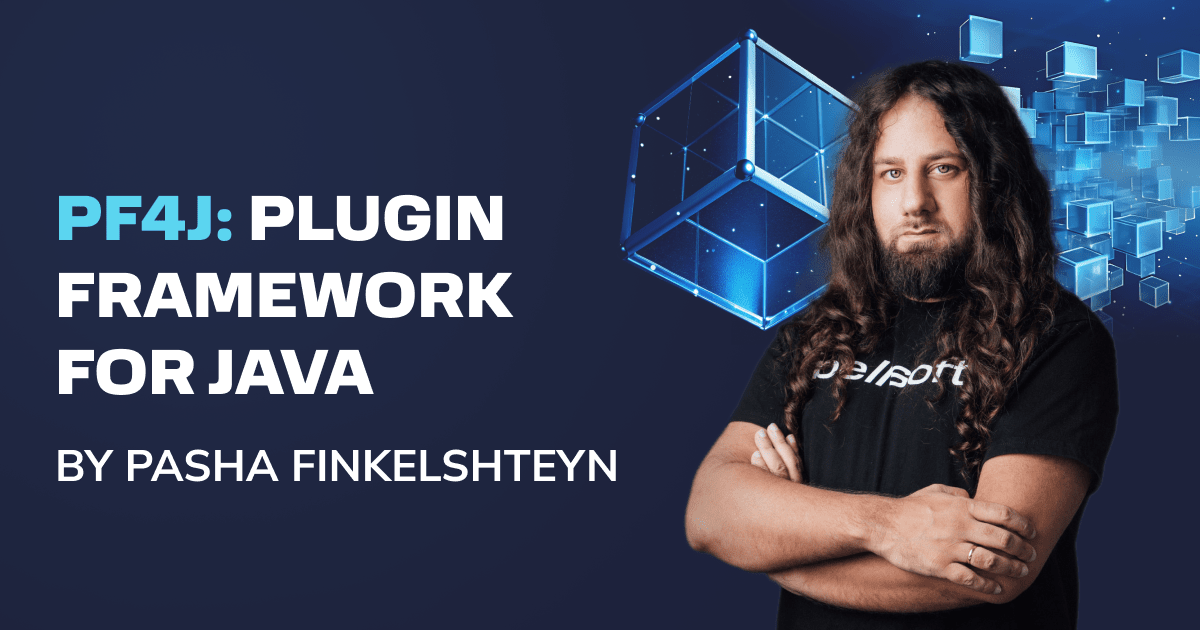JRush episode 4th: Fresh Java on modern Arm servers
Transcript:
Finances for something really useful, not just for hitting the world, which is probably already overheated by global warming. We see that Java moves constantly, and now the frequency and the release schedule have become more regular. We see many exciting things, but the releases are not overloaded, which is good. That’s about Java.
What about me and our company? I have worked at BellSoft for a few years. BellSoft is a unique company because it produces Liberica JDK, the default OpenJDK distribution for Spring Boot containers. It also produces Alpaquita Linux and Alpaquita Native Image Kit, which combine perfectly into the Alpaquita Cloud Native Platform (ACNP). You can learn more about this on our live stream.
I participate in the development of OpenJDK and also speak at events. The overall contribution of our company is very significant in opportunity cases. Before BellSoft, I worked at Oracle in the domain of OpenJDK development, and prior to that, I used to work at Deutsche Bank. So, the topic of financial savings and optimizations is very close to me.
Let’s look at the evolution of mobile phones. This area has developed so rapidly that you wouldn’t be able to capture a device that remains cutting-edge for even half a year. Today, we have devices that are far more modern, powerful, and capable of tasks that were once exclusive to server-class machines. Similarly, in the server domain, new hardware develops rapidly, and the software running on that hardware includes many optimizations. This trend began years ago, and ARM, as both a company and architecture, played a major role. ARM technology has grown enormously, with an estimated 250 billion processors in various devices by the end of last year.
What is an instruction set? It’s a way for software developers to communicate with hardware, telling it what to do to produce valuable results. Instruction sets have multiple versions, with major and minor updates. Among these, the application profile is particularly important for Java developers and users because it allows the JVM to run efficiently with JIT and AOT compilers that optimize runtime performance.
There are also terms like AArch64 or ARM64, denoting execution modes and specific instruction sets for those modes. A single CPU can operate in different modes, with ARM64 also serving as the Linux kernel port for this class of machines. Vendors license ARM technology, develop their hardware, and implement extensions from various specification versions to offer improved performance and features.
Extensions in ARM specifications are often related to cryptography, checksum calculations, and SIMD data processing. For example, the scalable vector extension (SVE) allows efficient computation on long streams of data, such as numerical streams or financial data. Other extensions cater to machine learning tasks. ARM-based servers like ThunderX, with their multi-core designs, demonstrate the scalability and potential of this architecture. While older machines like ThunderX had 96 cores, newer ones boast up to 384 cores, suitable for HPC and server-class workloads.
ARM’s reference designs, like Neoverse, have enabled vendors to implement high-performance hardware. Examples include Apple’s M1 and M2 processors, which exemplify how ARM cores have become increasingly powerful. The latest ARM specifications, such as ARMv9, have already been implemented in both mobile and server-class CPUs. Vendors like Amazon, through their Graviton processors, have consistently improved performance across generations. Amazon reports a 25% performance improvement in their latest generation compared to its predecessor and a tenfold improvement over earlier generations.
In the software ecosystem, ARM has gained significant traction. Most major technologies now target ARM architecture alongside x86. OpenJDK supports ARM natively, enabling optimized performance without emulation. Diagnostic tools for Java, critical for measuring performance and ensuring correctness, have also been adapted for ARM. Performance improvements in OpenJDK 11 and beyond, including intrinsics and optimized functions, further enhance the ecosystem.
Correctness remains a priority, especially for concurrent programs, as ARM hardware is less forgiving of programming errors compared to x86. ARM-based servers now feature hundreds of cores, and racks can support thousands of virtual machines. Amazon’s Graviton processors, for example, offer significant cost savings, leading to rapid growth in ARM computing across clouds.
Development hardware for ARM is now widely available, including Apple Silicon-powered machines and ARM laptops running Linux or Windows. These devices facilitate cross-development for ARM and x86 targets, allowing for multi-cloud deployment and cost-effective solutions. Major cloud providers like Amazon, Oracle, and Azure offer ARM-based instances, ensuring a broad reach for this architecture.
In conclusion, hardware and software advancements on ARM work seamlessly together, offering better performance and lower costs. With the latest Java versions and careful migration strategies, developers can achieve significant benefits. Just remember: correctness is always the responsibility of the programmer. Thank you!





